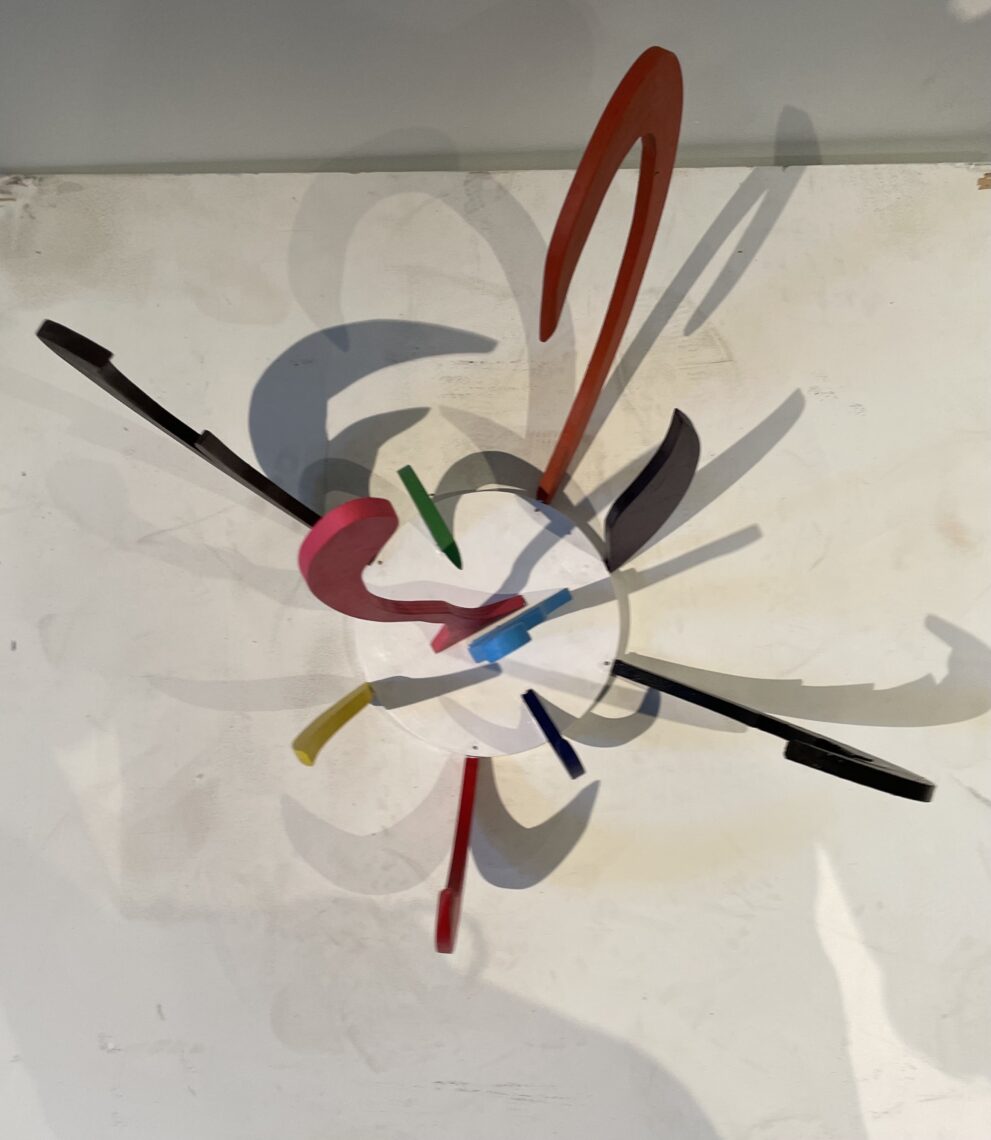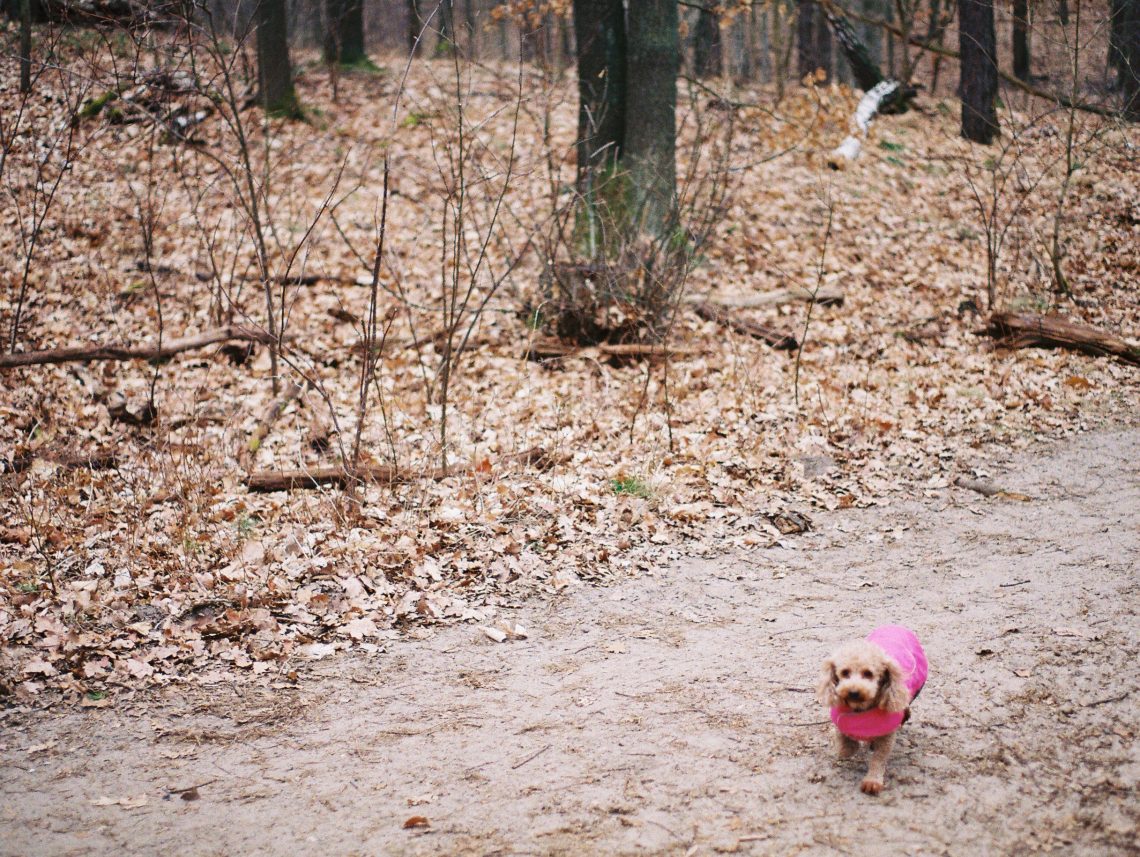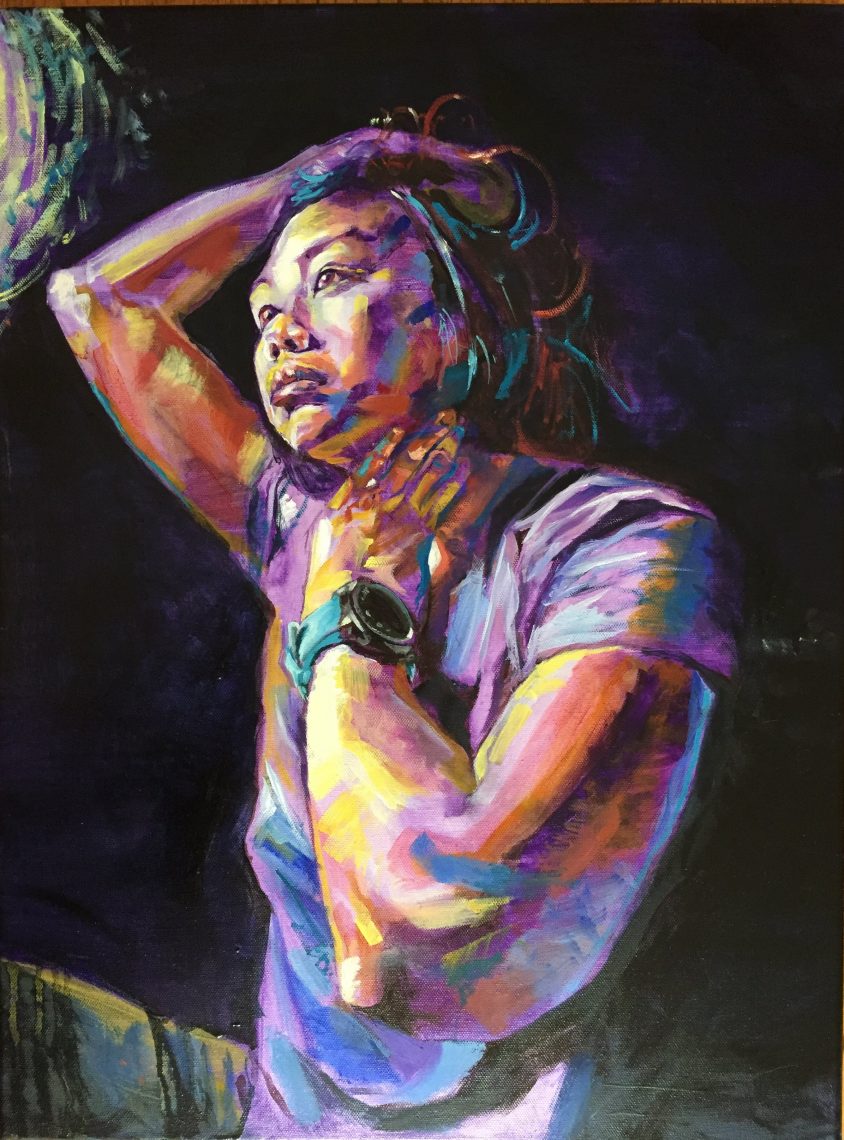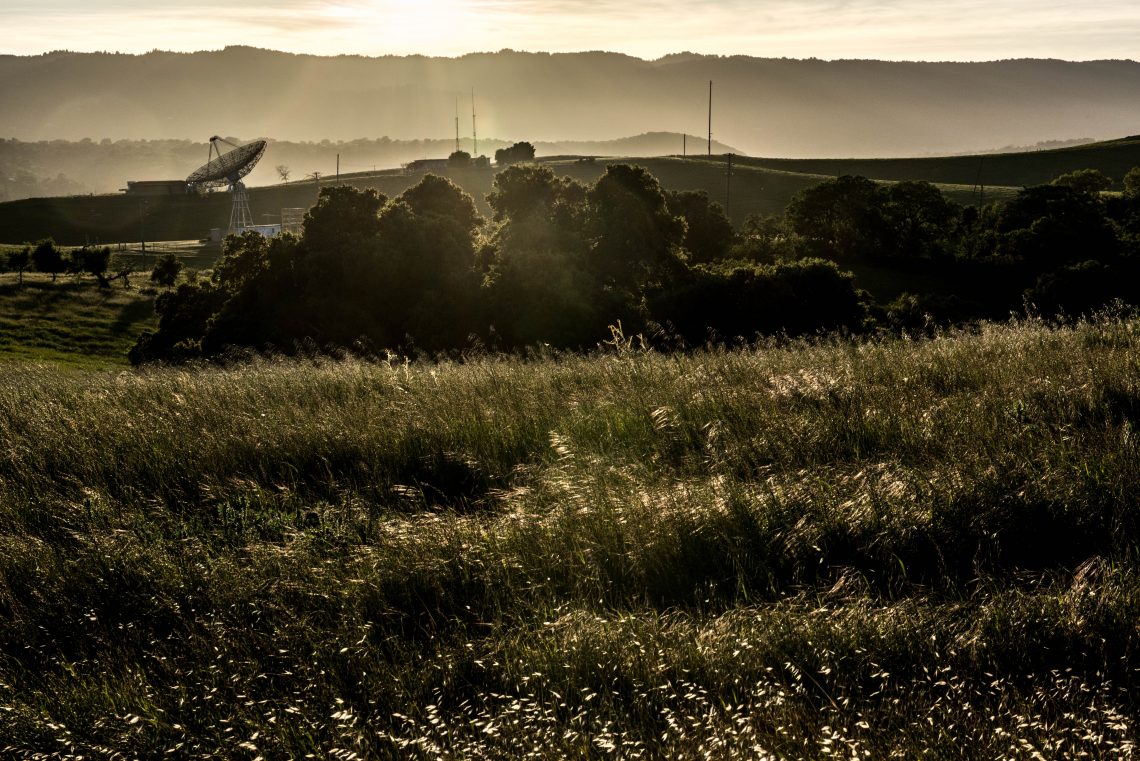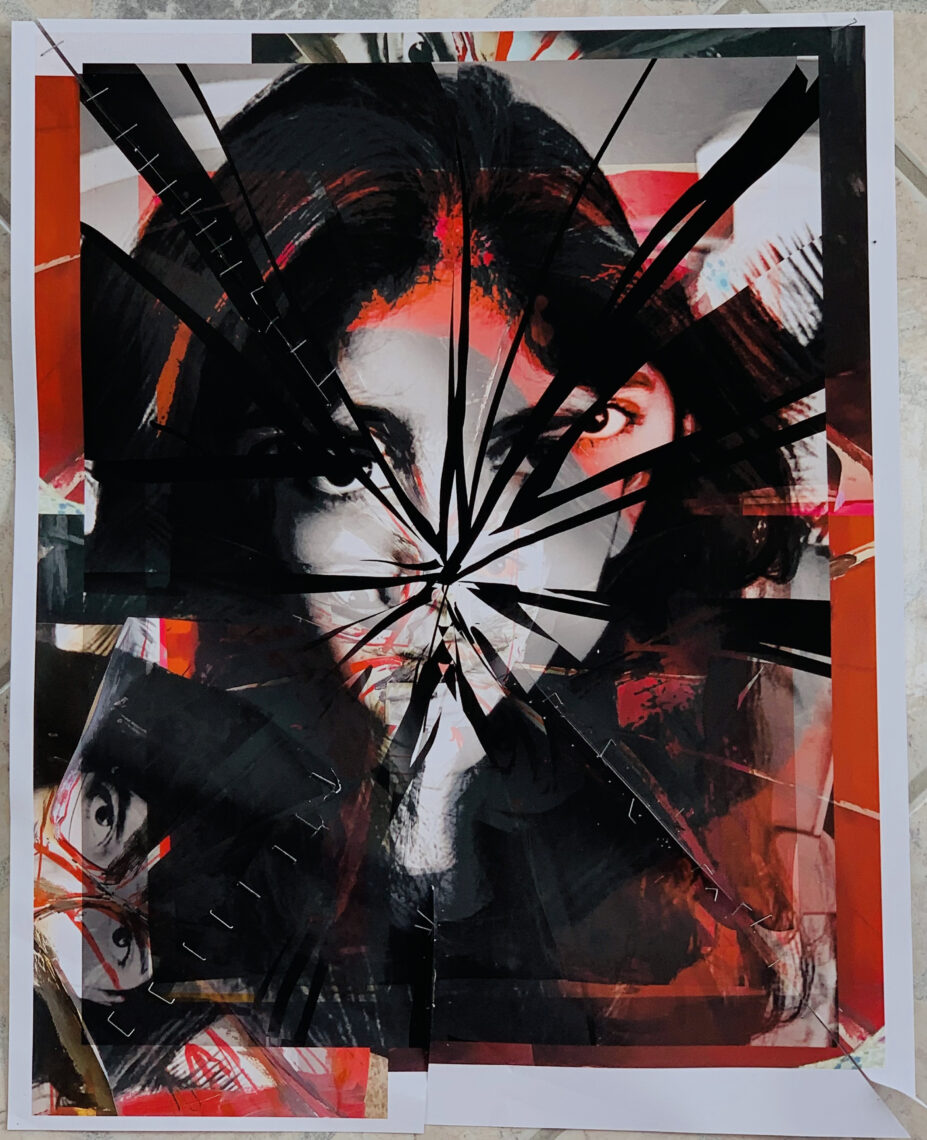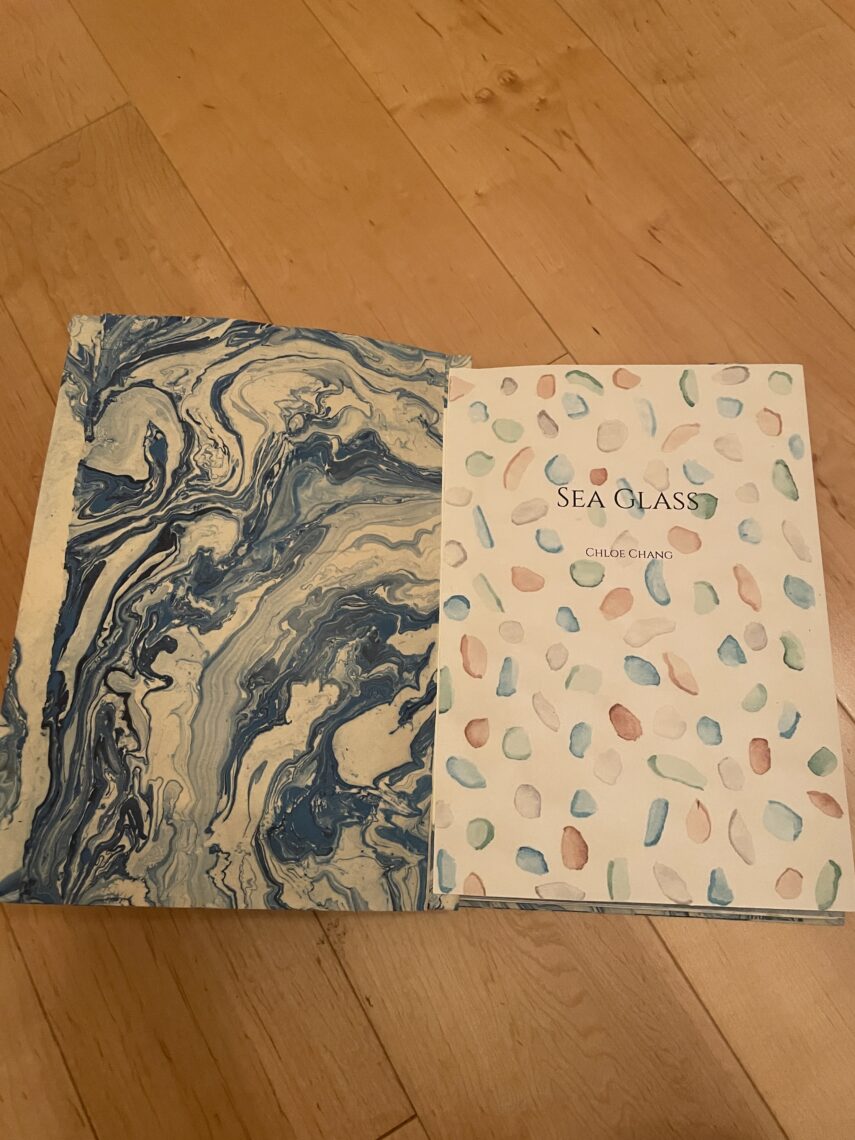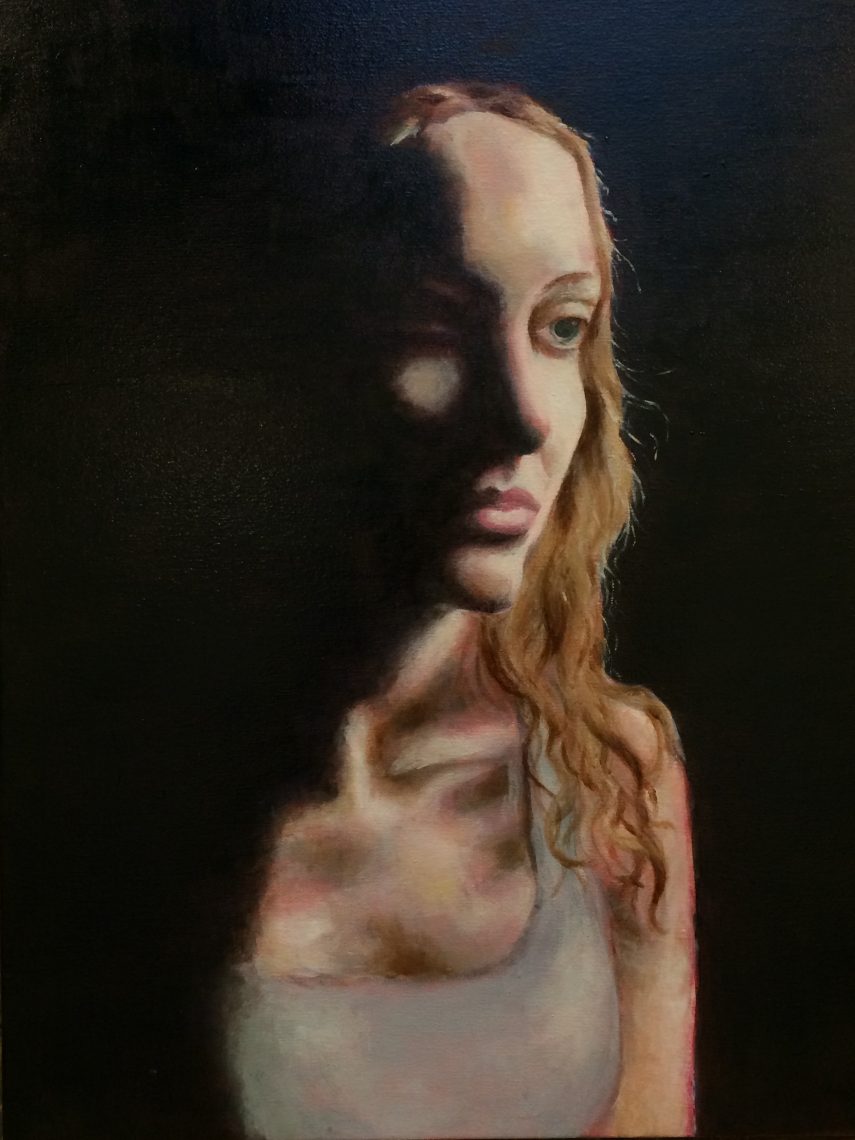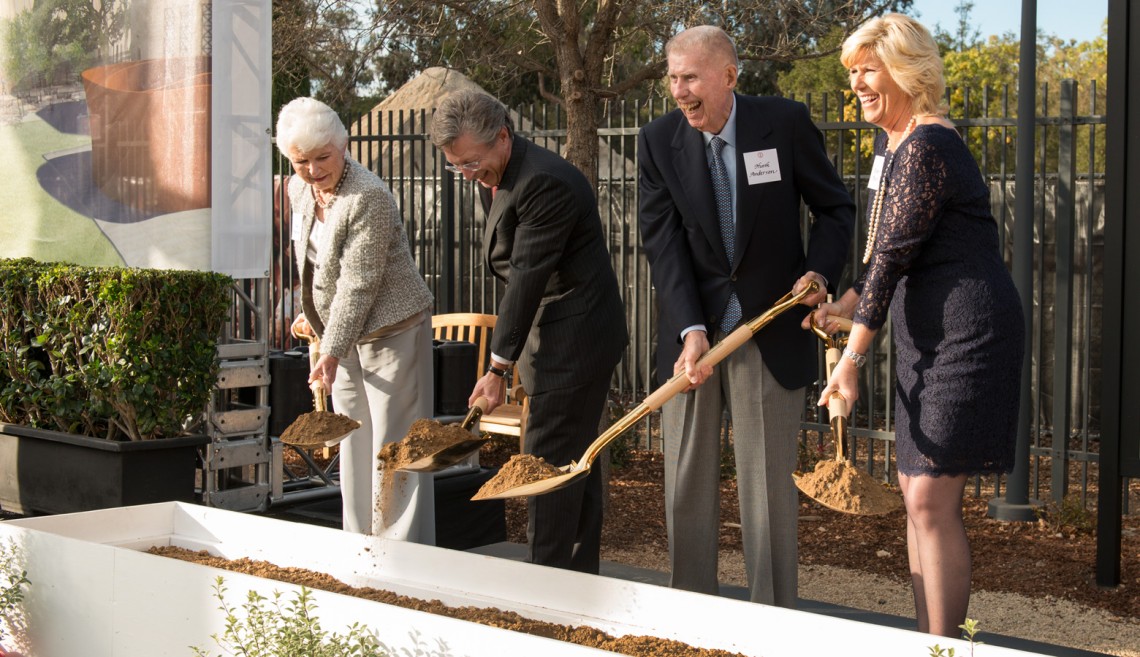
Ceremonial turning of the soil delights the Anderson family and guests
Ground has officially been broken for the building to house the Anderson Collection at Stanford University, designed by Richard Olcott/Ennead Architects.
Earlier this week, at a groundbreaking ceremony on the north side of the Cantor Arts Center, more than 200 invited guests looked on as Hunk, Moo and Putter Anderson put golden shovels in the dirt to commemorate the official start of construction on the building to house the Anderson Collection at Stanford University.
Provost John Etchemendy told the guests, “It is almost impossible to describe the profound effect the gift of their remarkable collection will have on Stanford, on our students and on all who appreciate American art. But this afternoon, we are certainly going to try.”
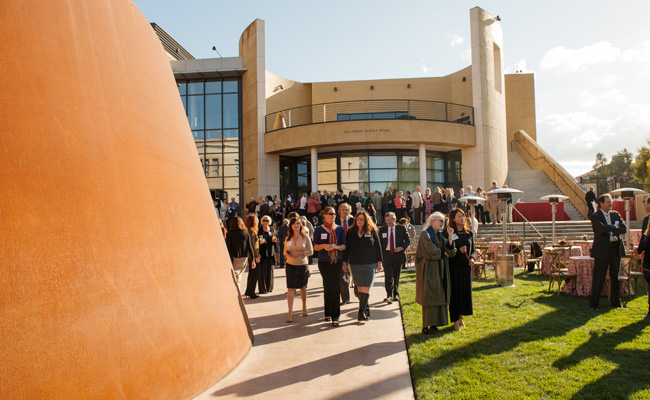
L.A. CICERO
The Anderson Collection is one of the largest and most outstanding private collections of post-World War II American art in the world. The collection has been built over the last 50 years by Bay Area residents Harry W. and Mary Margaret Anderson, affectionately known as “Hunk” and “Moo,” and by their daughter, Mary Patricia Anderson Pence, affectionately known as “Putter.”
The Andersons’ unparalleled pledged gift of 121 paintings was announced in June 2011 along with Stanford’s promise to build a home for the works of art. Each milestone in the Anderson project raises the level of anticipation and excitement surrounding the eventual presentation of the remarkable art treasures on campus.
The Anderson Collection is one of the largest and most outstanding private collections of post-World War II American art in the world.
The new home for the collection is a 33,000-square-foot building designed by Richard Olcott/Ennead Architects that will be completed in 2014. The Anderson Collection building and the Bing Concert Hall, set to open in January 2013, together with the Cantor Arts Center, play a major role in the development of the arts district that will also include a new home for the Department of Art and Art History, the McMurtry Building.
The Anderson gift and the new arts district buildings are all significant markers of the Stanford Arts Initiative, which advances Jane and Leland Stanford’s commitment to the arts and the university’s teaching and research mission.
Guests, including many of the Andersons’ longstanding friends, gathered for the ceremony on the lawn adjacent to the new home of the Anderson Collection. The lawn, which is between the Cantor and the new building, is a physical manifestation of the collegial and programming connections that students, staff, faculty and community will realize when the Anderson Collection opens to the public.
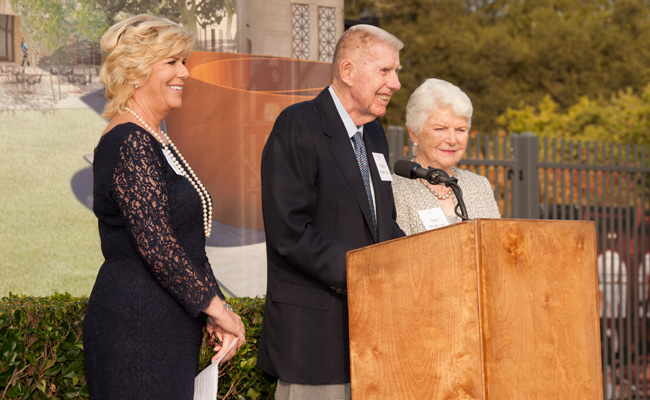
L.A. CICERO
For Sydney Simon, a second-year doctoral student of art history studying postwar and contemporary American art, the Andersons’ gift is a boon to the university and a blessing for her own studies. “I found out about the Andersons’ gift shortly after I accepted Stanford’s offer of admission in the spring of 2011, and it certainly added to my excitement about coming,” she said. Before coming to Stanford, Simon was a curatorial assistant at the National Gallery of Art in Washington, D.C.
The Anderson Collection has been a teaching tool for Stanford and other university students for over 25 years.
“As a scholar and former museum professional, I think it is invaluable for students to have direct access to premier art objects, and the Anderson Collection will undoubtedly enhance what members of the Stanford community can visit right on campus,” said Simon.
The Anderson Collection has been a teaching tool for Stanford and other university students for over 25 years. Art and art history alumni of the Anderson graduate internship program are now leading museum professionals, art historians and artists, including Neal Benezra of SFMOMA, Peter Boswell of the Miami Art Museum, David Cateforis of the University of Kansas, Branden Joseph of Columbia University, Evelyn Hankins of the Hirshhorn Museum and Sculpture Garden, Carolyn Kastner of the Georgia O’Keeffe Museum, Rachel Teagle of the University of California-Davis Shrem Museum of Art, and Gwen Allen of San Francisco State University. Independent curator Molly Hutton will serve as the editorial project manager for the inaugural collection catalog. Internships and further connections for Stanford students are expected to continue once the core of the collection moves to Stanford.
Upon taking the lectern at the ceremony, a visibly delighted Hunk Anderson, standing between his wife, Moo, and daughter, Putter, triumphantly declared, “First down, Stanford!” He went on to share his hope that the new museum would be a stopping place for people to enjoy the ideas of visual expression. Provost Etchemendy gently corrected Anderson by saying the museum wouldn’t be a stopping place, but a destination.






